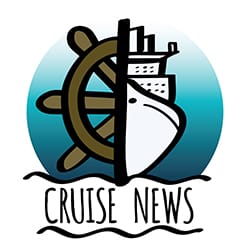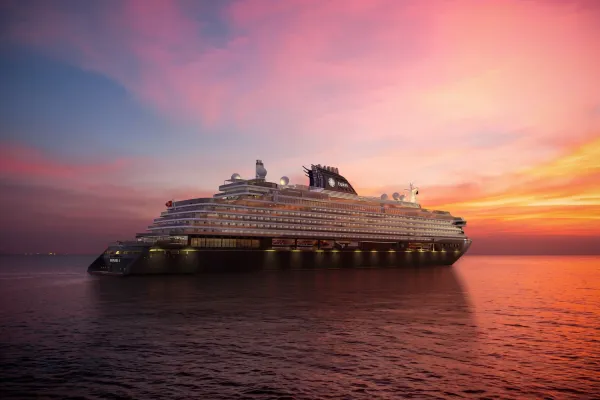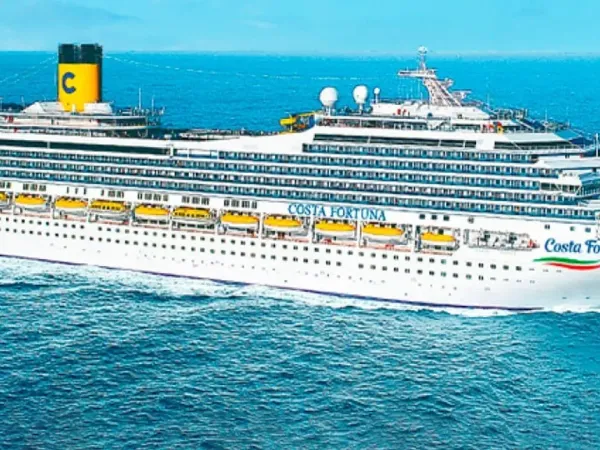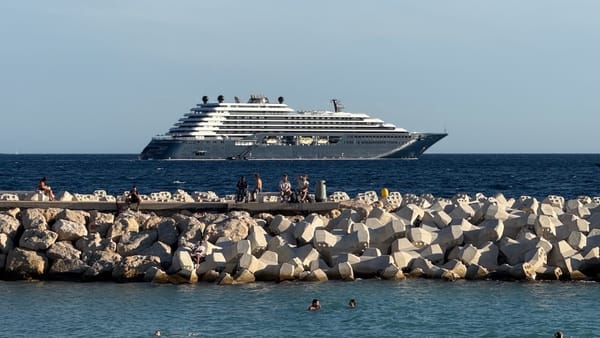Cruise Industry Surges Toward 38 Million Passengers With U.S. Leading Growth
Cruise travel’s global resurgence is fueled by strong U.S. demand, luxury brands, and expanded destinations, while operators invest in new ships and address rising sustainability expectations.

The global cruise industry is experiencing a remarkable resurgence, with passenger volumes projected to reach historic highs in the coming years. Industry forecasts by Cruise Lines International Association (CLIA) anticipate 37.7 million global cruise travelers by 2025, reflecting a 25 percent increase compared to pre-pandemic numbers, and expect figures to exceed 40 million passengers by 2027. Key cruise operators like Carnival Corporation, Royal Caribbean Group, and Norwegian Cruise Line Holdings are forecasting revenue growth of over 7 percent this year, driven by travelers prioritizing experiential travel over material goods.
Market Expansion and Demographic Trends
While North America and the Caribbean remain dominant as favored cruise destinations, Mediterranean and Asian itineraries are emerging rapidly, fueled by diverse cultural experiences and innovations catering to younger, tech-savvy travelers. AAA data indicates North America continues as the top source market, with the U.S. segment projected to reach 20.7 million passengers in 2025 and 21.7 million by 2026.
Luxury and expedition cruising are notable growth segments driving industry diversification. High-profile brands such as Ritz-Carlton, Four Seasons, Aman, and LVMH are investing heavily in ultra-premium vessels designed for exclusivity and immersive cultural engagement. Luxury cruising is expected to attract over one million passengers annually, signifying resilience to macroeconomic fluctuations. Meanwhile, expedition cruising appeals to travelers seeking remote, authentic destinations, aligning with broader trends favoring exploration.
Key Passenger Trends
- Destination preferences: The Caribbean captures 72 percent of U.S. passenger bookings, while Alaska accounts for approximately 7 percent.
- Repeat business: AAA reports 91 percent of passengers have taken multiple cruises, highlighting high satisfaction levels.
- Demographics: 65 percent of U.S. cruise passengers are aged 55 or older, with 27 percent aged 35–54 and 7 percent aged 18–34. Nearly half cruise as couples, while 20 percent travel with children.
Record Port Operations and Growth
North American ports continue to lead in embarkation traffic, with PortMiami breaking records for single-day passenger volume by handling 72,401 passengers on April 20, 2025. It recorded operations for 10 cruise ships simultaneously on February 8, 2025, exemplifying the scale of its capacity surge. The port anticipates hosting 10 new cruise ships, including five newbuilds, during the 2025–2026 season.
Other ports like Port Canaveral, Port Everglades, and Galveston also contribute significant traffic, while internationally, Barcelona leads as the largest embarking port outside the U.S. Alaska season results reinforce its popularity, with ports like Seattle and Vancouver reporting record numbers.
Shipbuilding Investments Reflect Confidence
The cruise industry’s optimistic outlook is showcased by extensive newbuild orders from leading operators. Carnival Cruise Line, Norwegian Cruise Line, Royal Caribbean, and MSC Cruises are among the companies executing long-term shipbuilding strategies, with expected fleet introductions extending through 2033. Features of these new vessels include advanced sustainability technologies, expanded itineraries, and enhanced onboard experiences.
- Carnival Cruise Line: Five new ships, two at 180,000 GT and three nearing 230,000 GT.
- Norwegian Cruise Line: A newly ordered class of three ships at 225,000 GT in addition to prior commitments.
- Royal Caribbean: Two additional ships at 250,000 GT confirmed in its Icon Class, with options for two more.
- MSC Cruises: Expansion of its World Class fleet, adding two 217,000 GT vessels.
Environmental and Regulatory Challenges
As demand accelerates, operators face mounting scrutiny regarding sustainability and environmental practices. Key responses include investing in cleaner fuels, waste management systems, and sustainable onboard sourcing. Long-term solutions, such as fleet retrofitting and transitioning to alternative fuels, require substantial capital and extended timelines.
Concerns over greenwashing have prompted stricter regulatory oversight. Cruise lines must substantiate environmental claims through transparent reporting and measurable progress, aligning their sustainability pathways with evolving consumer expectations and global standards ahead of 2030.
Frequently Asked Questions (FAQs)
What is driving growth in global cruise passenger volumes?
The growth stems from heightened demand for experiential travel, particularly after the pandemic, with luxury and expedition cruising emerging as substantial contributors.
Why is the U.S. market critical to cruise growth?
The U.S. remains the largest global market for cruises, accounting for 20.7 million passengers projected in 2025 and growing to 21.7 million by 2026, with PortMiami setting benchmarks in embarkation traffic.
How are cruise lines addressing environmental concerns?
Operators are advancing cleaner technologies, improving waste management, and adopting sustainable sourcing, while working on fleet retrofits and alternative fuel solutions for long-term gains.
What are the most prominent cruise destinations for Americans?
The Caribbean dominates with 72 percent of U.S. passenger interest, followed by Alaska, capturing approximately 7 percent of travelers in 2025.
Which cruise lines are investing heavily in new ship orders?
Prominent operators, including Carnival, Norwegian, Royal Caribbean, and MSC Cruises, are placing extensive orders for next-generation ships, extending industry growth into the 2030s.




